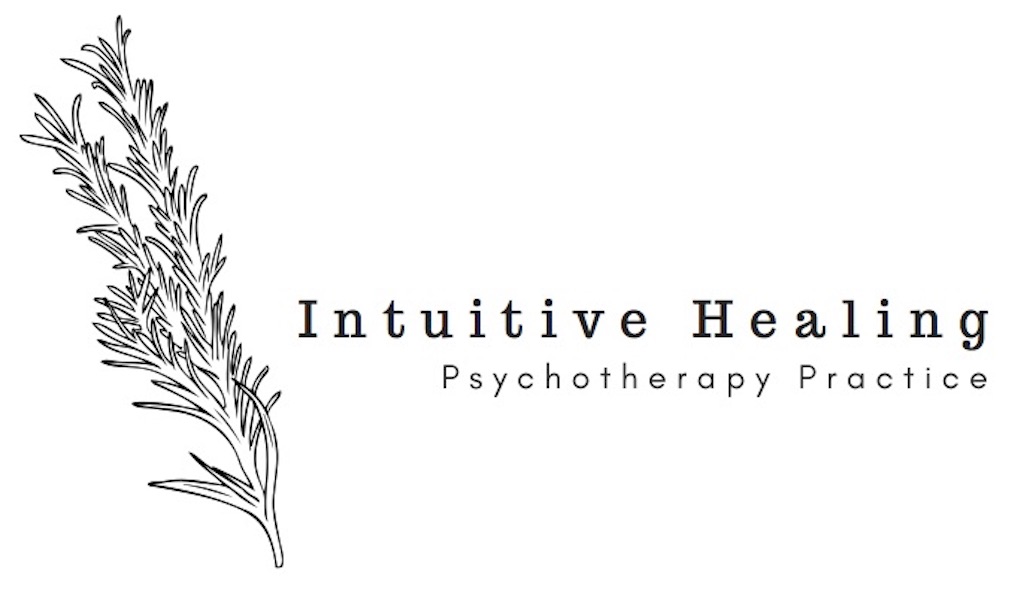Trauma is Trauma: How a limited definition of trauma may be stifling your therapeutic growth
Sienna Chu, MHC
Our understanding of trauma and its impact continues to deepen as our definition of trauma continues to expand. Not long ago, common belief was that PTSD (post-traumatic stress disorder) and other responses to trauma were something experienced by only those who’ve gone through the most horrendous life events imaginable— think combat, natural disasters, life-threatening accidents, and other forms of severe violent personal assault.
However, as the research continues to roll in, more findings are showing that trauma does not have to stem from a major catastrophe. In fact, we’re actually finding that it isn’t the severity of a traumatic event that matters most, but the individual’s perception (consciously or unconsciously) of the severity. In Peter Levine’s book Healing Trauma he asserts that “trauma is trauma, no matter what caused it.” He goes on to explain that “in order for us to fully understand this, we need to hone in on the fact that people can be traumatized by any event they perceive (consciously or unconsciously) to be life-threatening.” So what matters most when defining trauma? The perception of threat and the incapacity to deal with it.
With this new definition in mind, we can better understand how we all may have experienced trauma that’s gone unrecognized. Many of my clients are quick to dismiss the significance of stressful life events that they’ve experienced by comparing themselves to others “less fortunate” or “who have had it worse.” There seems to be a fear that by seeing their past wounds as trauma they are somehow belittling the hardships of others who more accurately fit the societal definition we have of trauma- which as we now know, is outdated. This narrative that “my story isn’t severe enough to qualify as trauma” has become one of the biggest barriers to deepening therapeutic growth. If we aren’t able to fully understand the impact of our experiences, then we aren’t able to begin the process of true healing because we aren’t working on the deeper level at which these wounds first developed.
It’s important to note that this limiting narrative is often the work of our inner-critic, who may or may not be so obvious to you. Our inner-critics are born out of the need to protect ourselves, which can be counter-intuitive. So, it can be helpful to ask ourselves what am I most afraid of others thinking if I were to acknowledge parts of my experience as trauma? What am I afraid it would say about me? That I’m dramatic, “too much”, self-obsessed, ungrateful, weak, insensitive to others, etc. When we develop the ability to see when and how our inner-critic interrupts self-exploration, we can then create an opening to respond differently. How? By choosing to ask our critic to step to the side and instead turn to our most compassionate selves to continue the work.
Another common barrier to exploring past trauma is not being curious enough about your childhood/past experience. Remember that trauma is defined by perception of threat and the inability to cope, which are both heavily influenced by age. Often times when we look back on childhood experiences, we forget that we’re looking back from the perspective of our adult selves. It can feel silly to admit or really feel into what disappointed or hurt us as children. However, the younger we are, the less developmental tools we have to help us integrate our experiences and the more easily we are overwhelmed. Furthermore, children make sense of the world from the perspective of them being at the center of it. So, as children we are far more susceptible to take on hardships and turn them into personal beliefs about ourselves and the world. These unexamined beliefs become ammunition for keeping our worlds small by limiting our self-view and increasing the need to control.
Some helpful questions about your childhood worth exploring are:
When did I feel most afraid?
How did my parents respond to my expression of fear?
When did I most feel like a failure or disappointment?
When did others disappoint me?
When did I first realize my parents weren’t perfect?
When did I experience feeling rejected?
When did I feel like I failed?
The danger of not doing the challenging but rich work of exploring past trauma in a safe supportive environment is that many of us unconsciously try and resolve trauma through a process known as repetition compulsion or reenactment. This is somewhat of an elusive process characterized by spontaneous behavioral repetitions of past traumatic events that have never been verbalized or even remembered. This is why many individuals who were abused in childhood are more likely to engage in abusive relationships in adulthood. There’s an unconscious motivation to resolve our past traumatic experiences and “re-write” the story, so to speak, so that we are able to rescue ourselves when we previously could not.
Until we’re able to see our experiences from a lens of self-compassion, we’re unlikely to see our traumas for what they are. And it isn’t until we can acknowledge how deeply our traumas have impacted us, that we can begin to heal.
